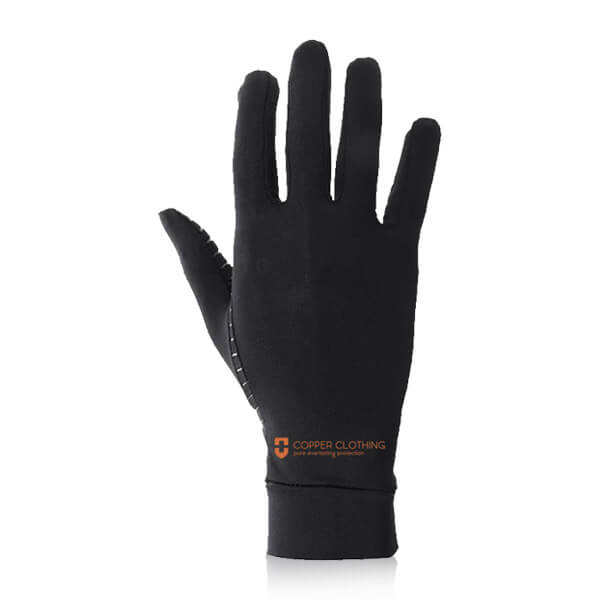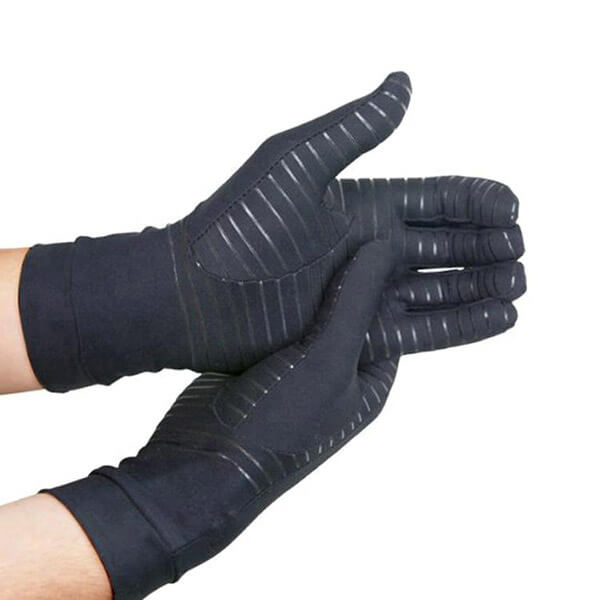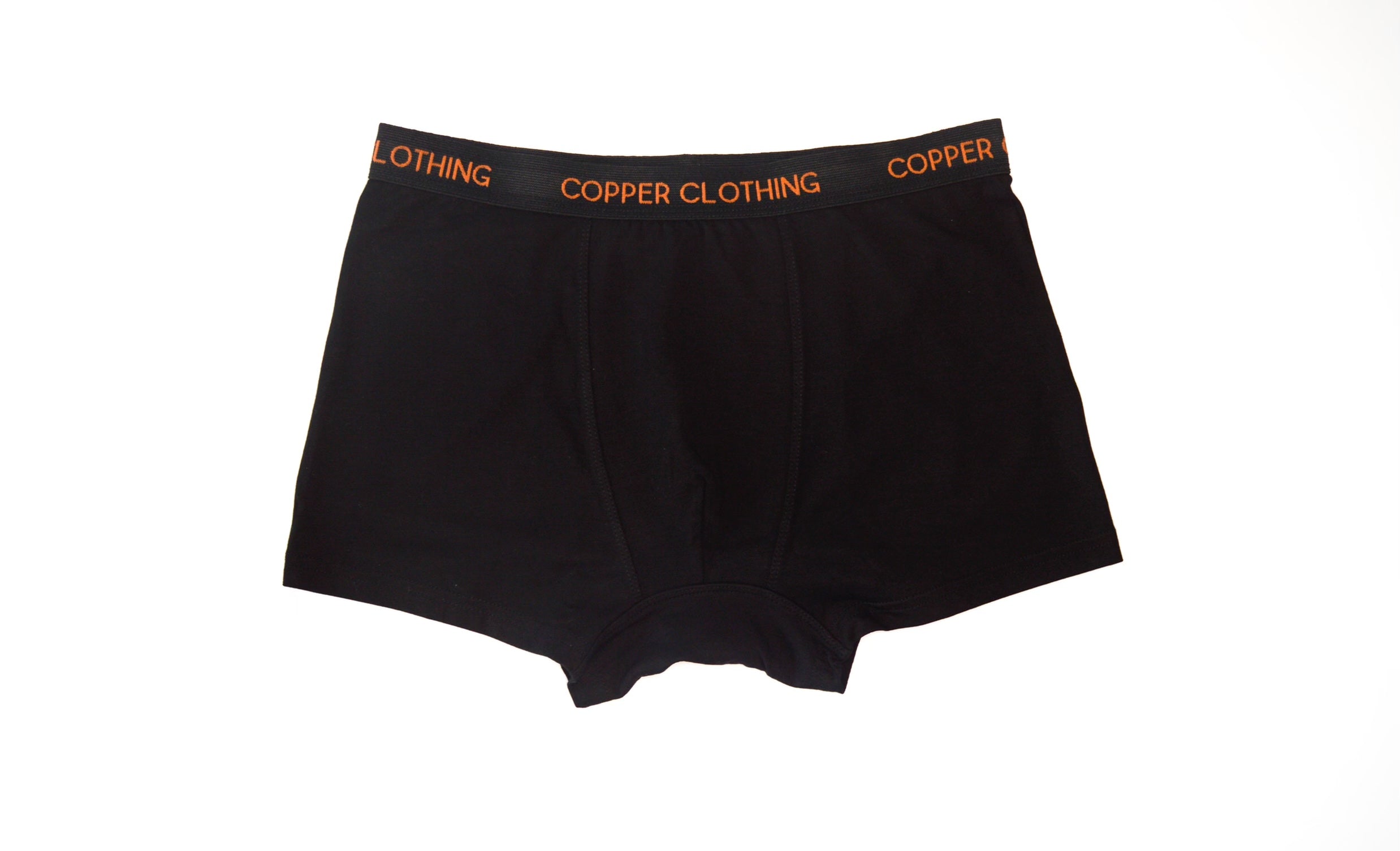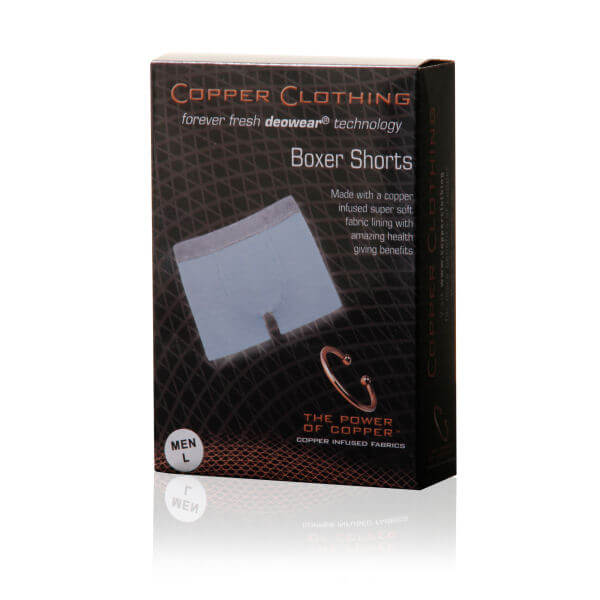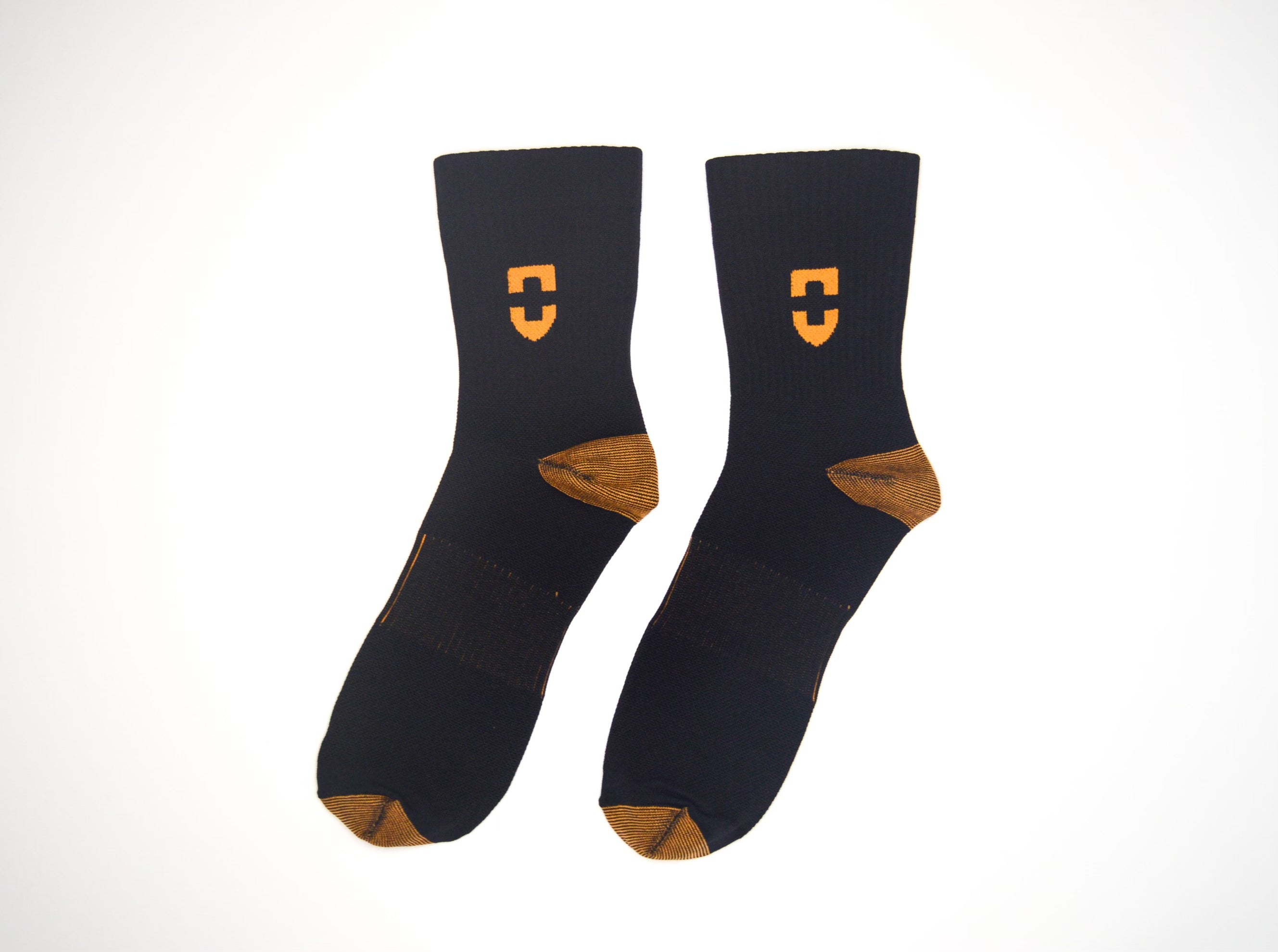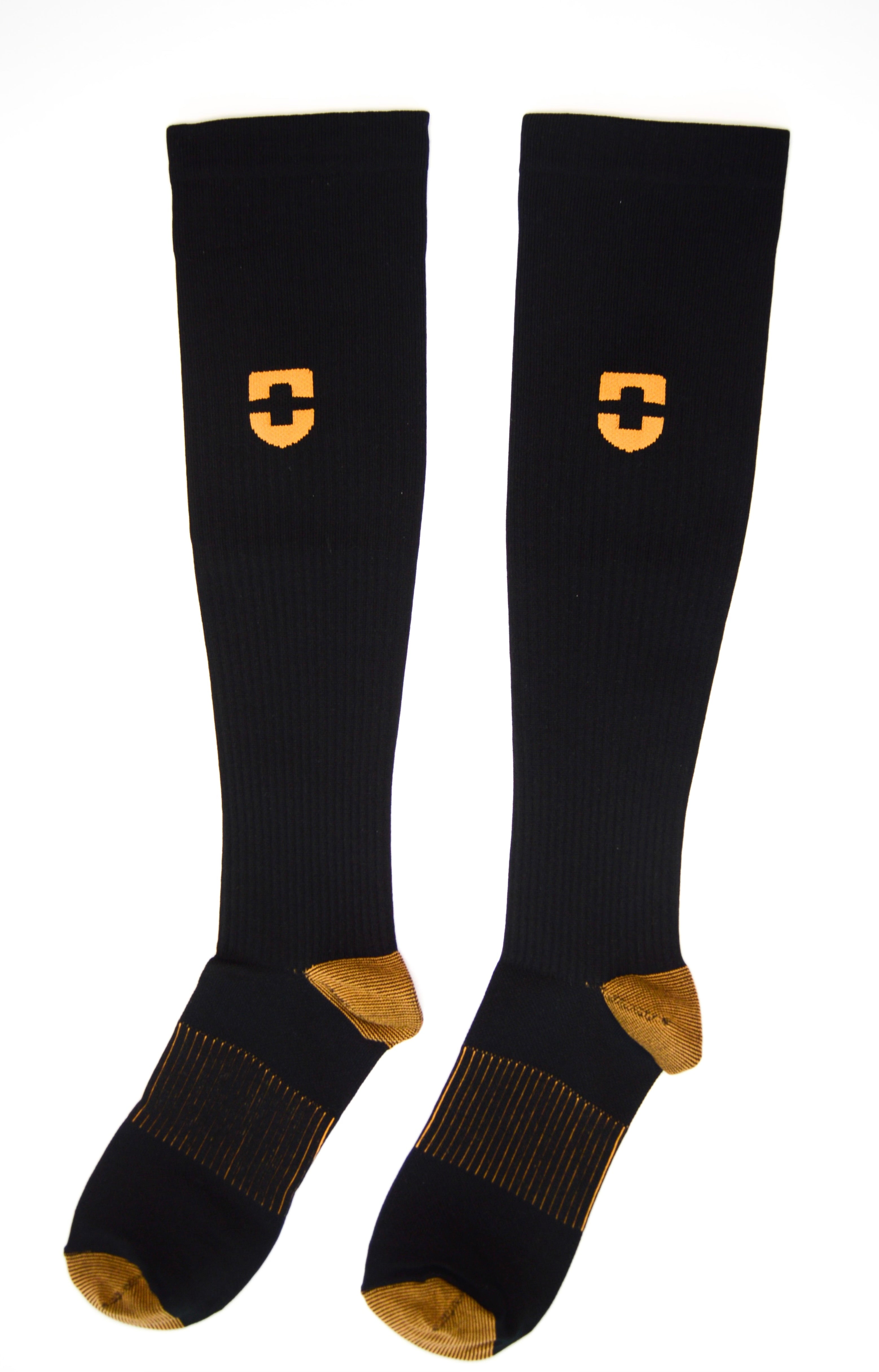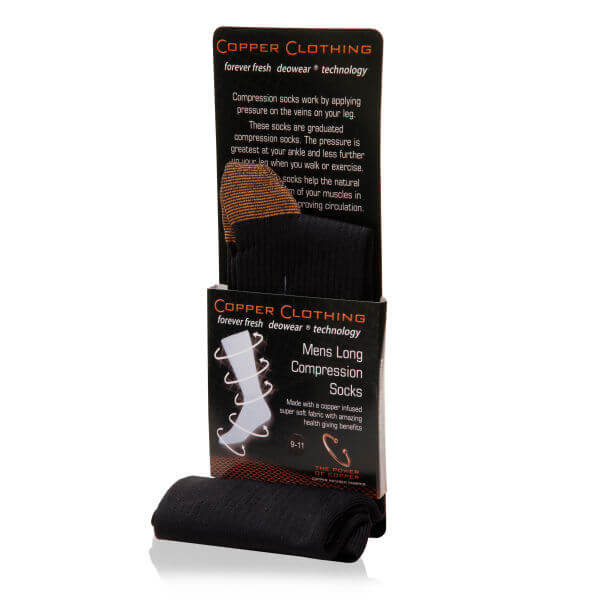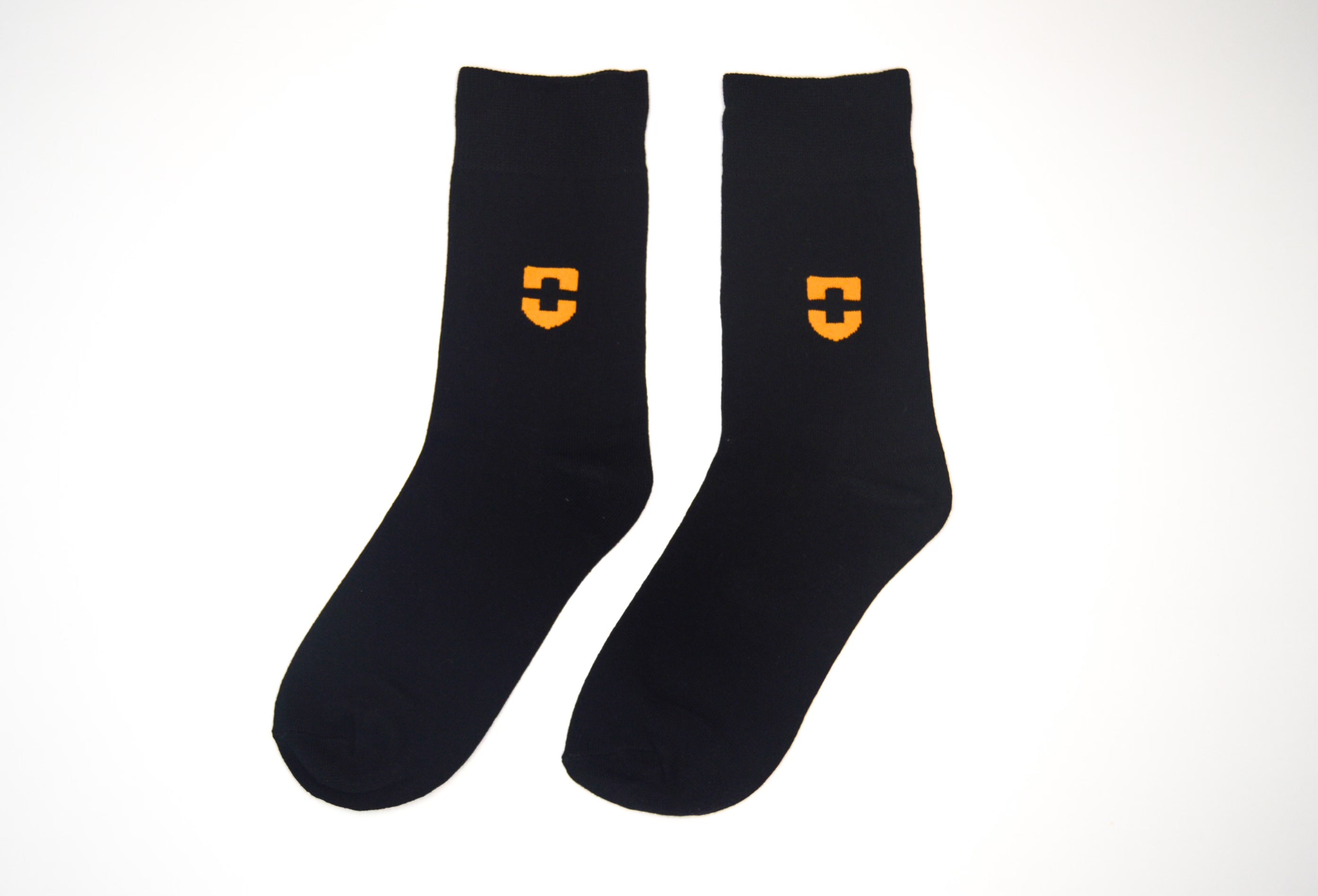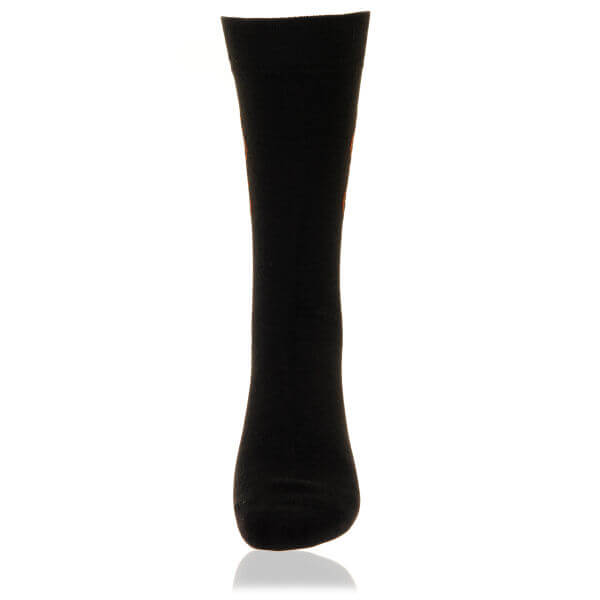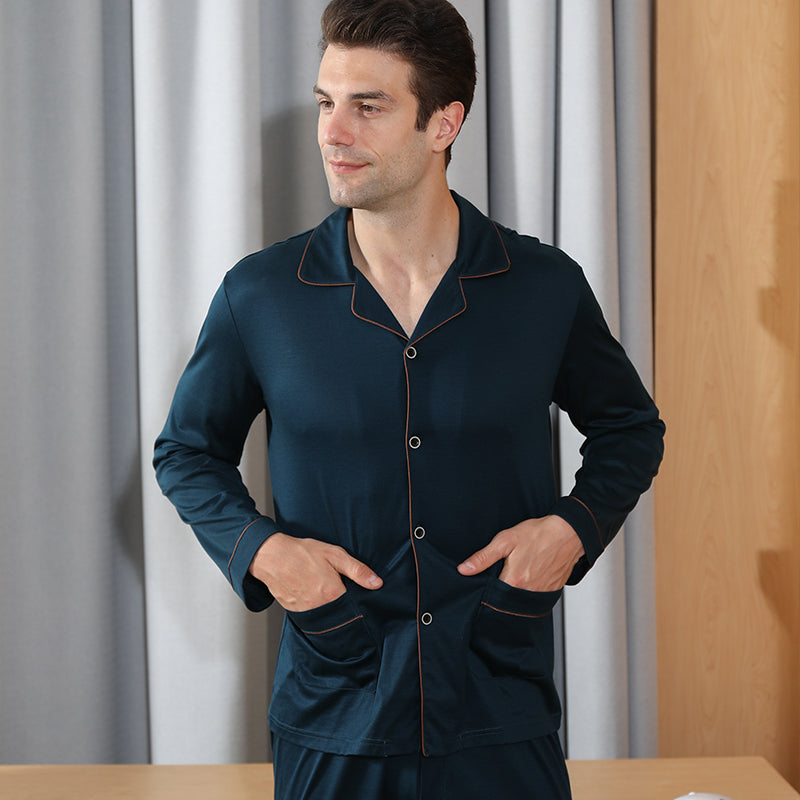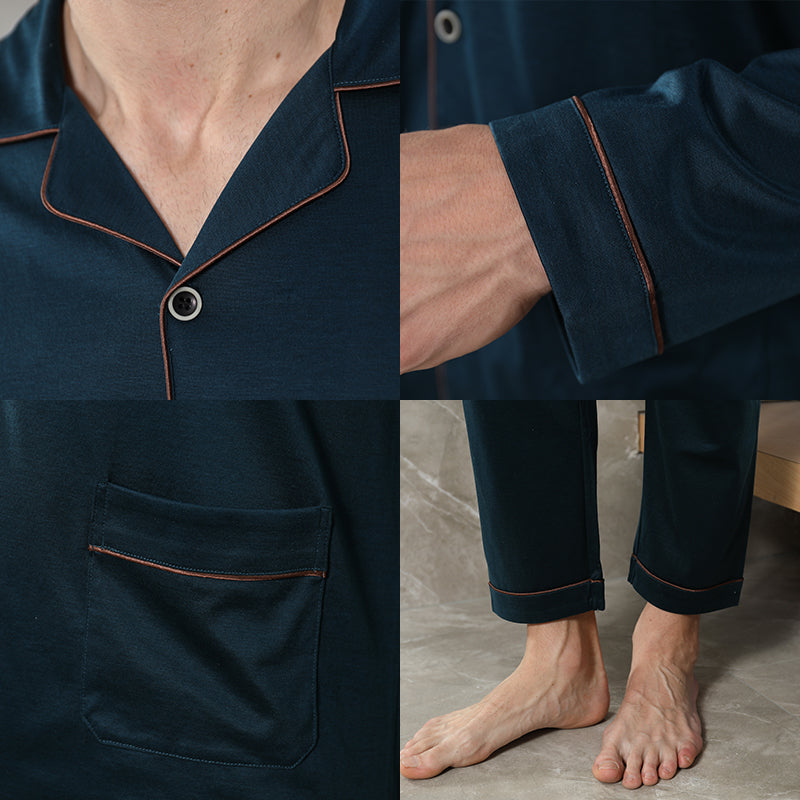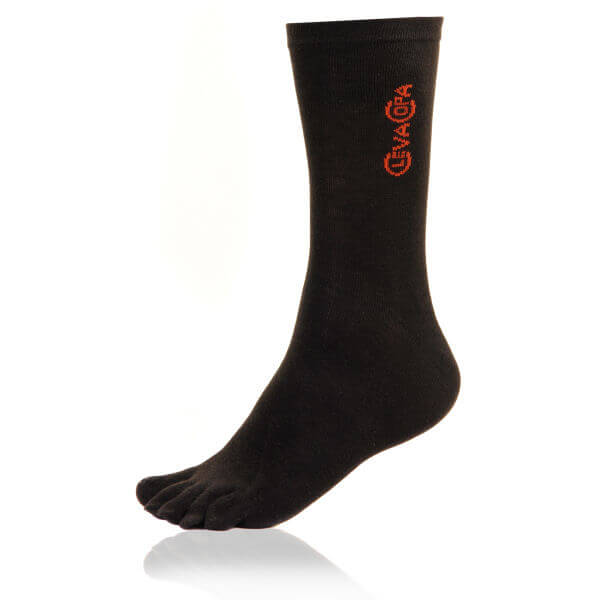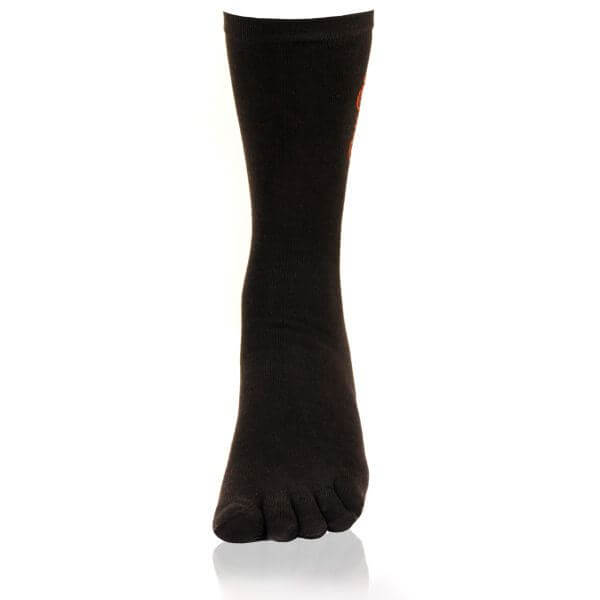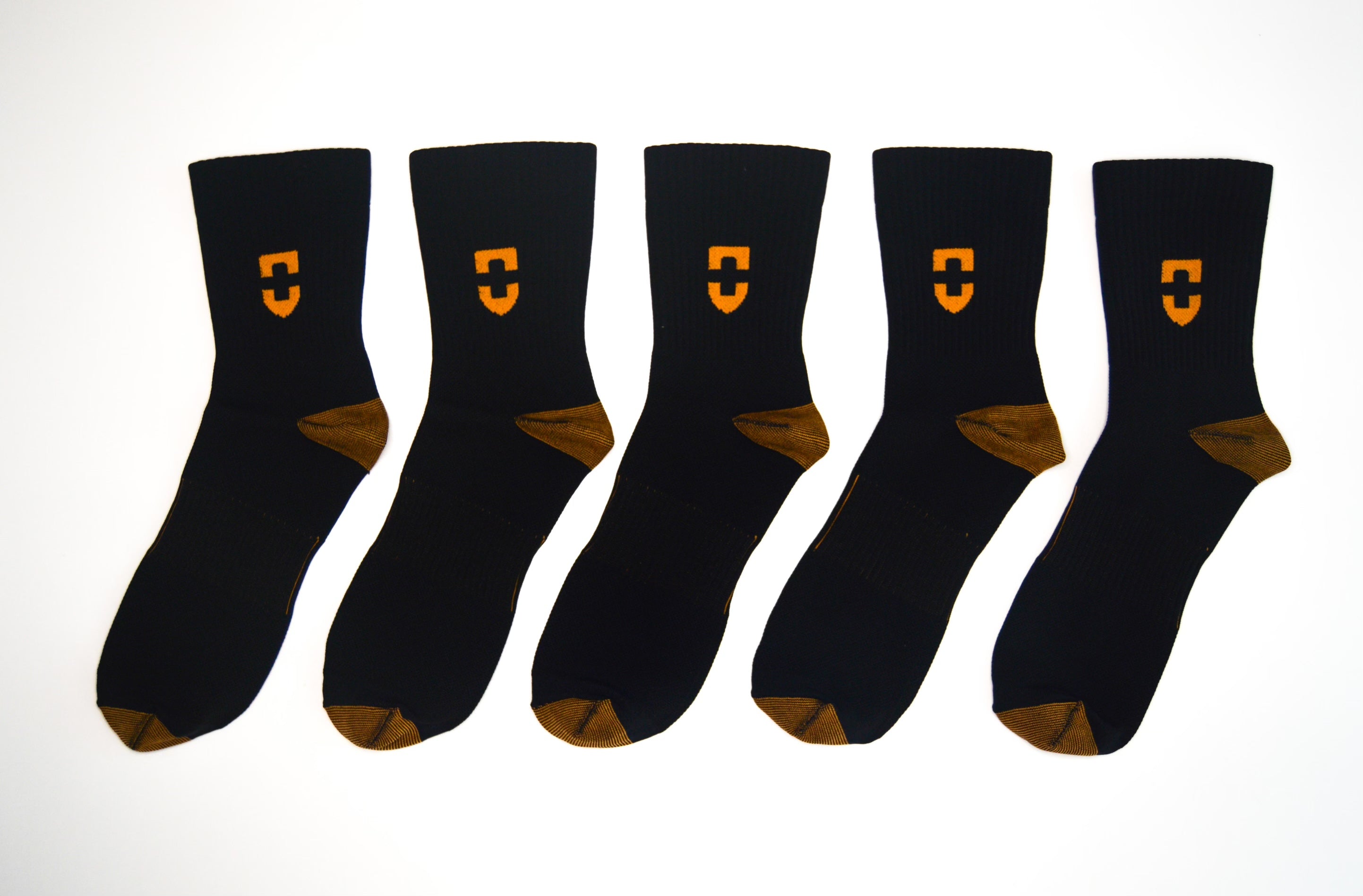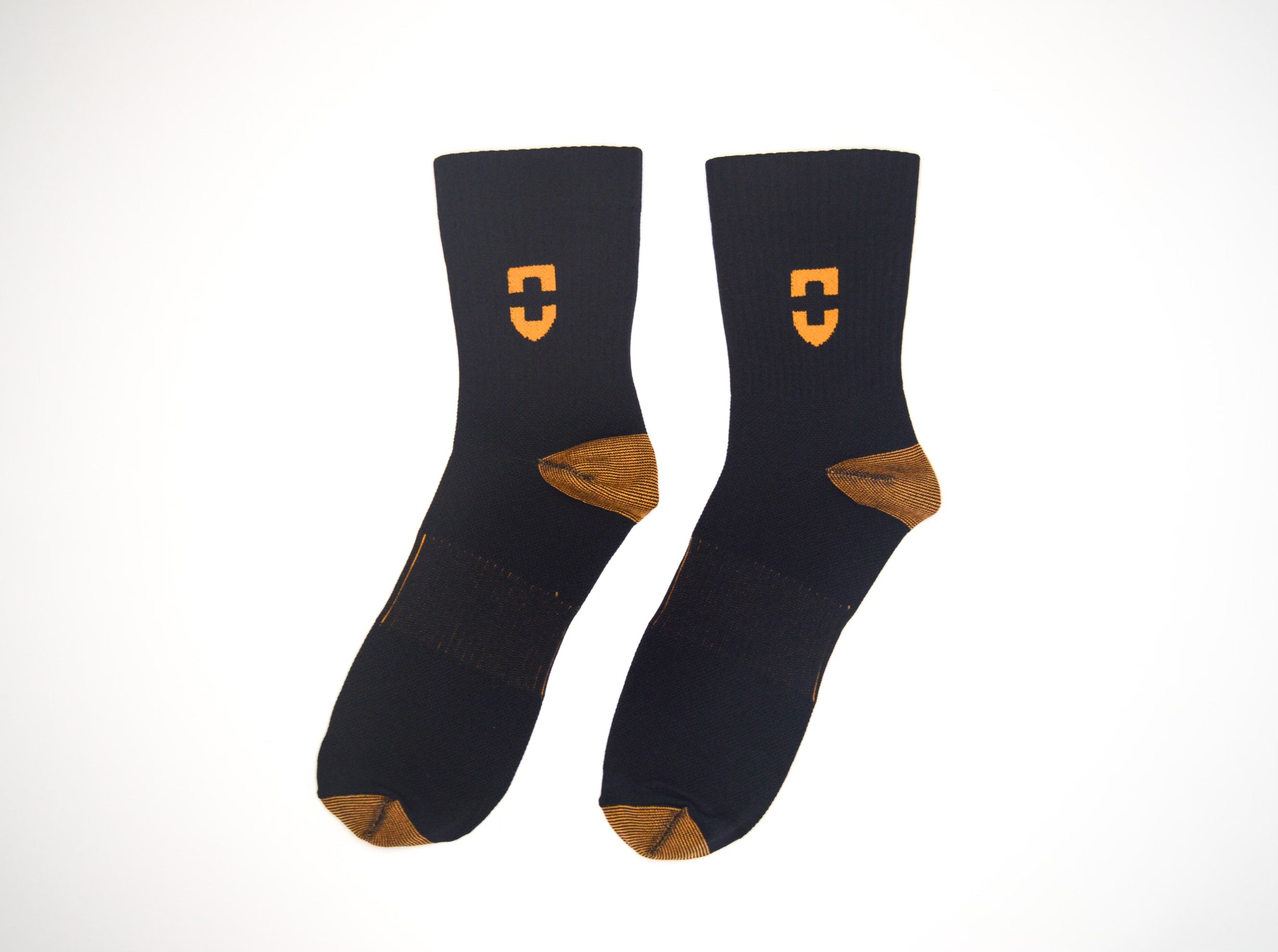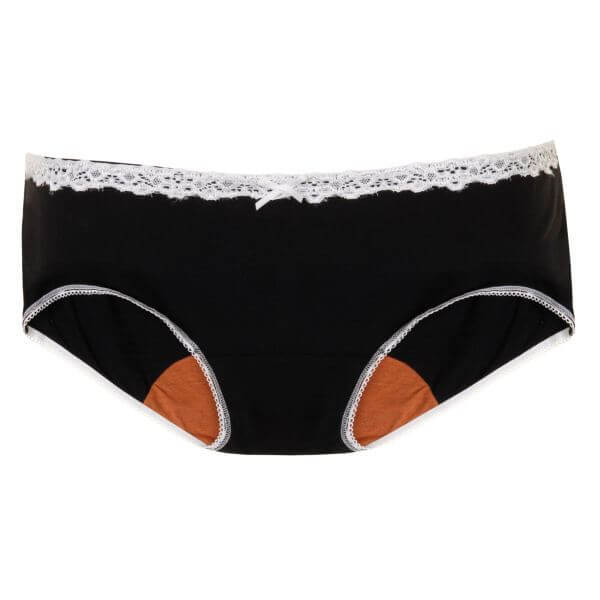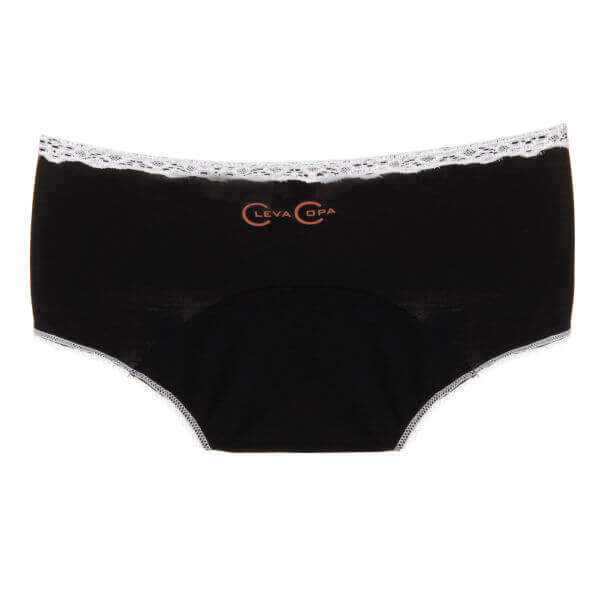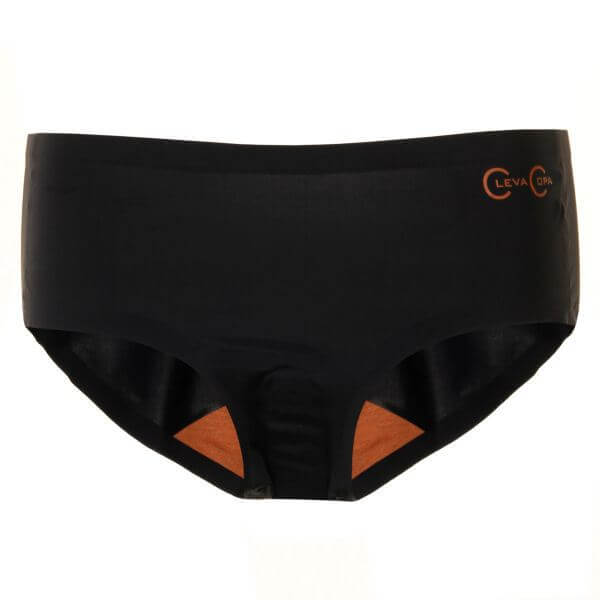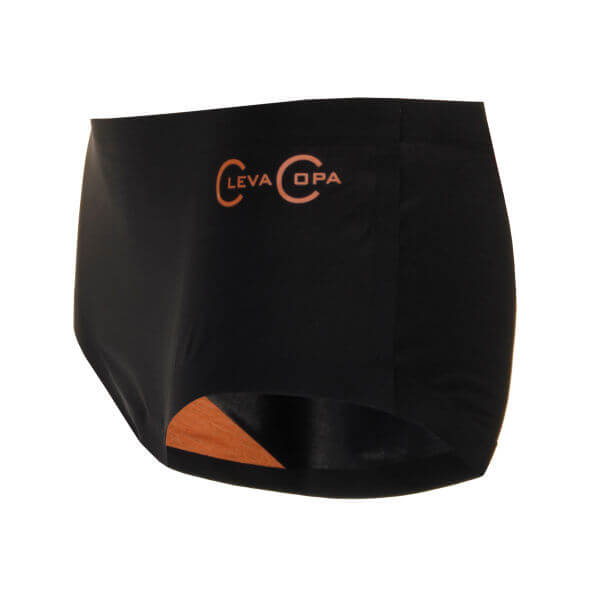Tea Towel vs Dish Towel: Key Differences, Uses & Kitchen Guide
Published
February 17 2023
Say tea towels or dish towels, one and the same. But in reality, that's not the case.
These kitchen towel categories have distinct features, making them different from each other. Continue reading to find out how.
What is a Tea Towel?
A tea towel is a lightweight, food-safe kitchen towel designed to leave no lint or residue on surfaces. When they come with prints, patterns, or embroidery, they’re often used as decorative towels.
The name “tea towel” comes from its original purpose in 18th-century Europe, where people used these towels to line tea trays, keep teapots warm, cover baskets of snacks, and gently polish delicate porcelain or silverware.
Today, tea towels are just as popular for their decorative appeal as their practicality. You’ll find them in kitchens and even bathrooms where they add a stylish touch with unique designs and embellishments.
What are Dish Towels?
Primarily used for wiping surfaces and drying dishes, dish towels are commonly made out of terry cloth and are durable, absorbent, and fluffy.
The usage of dish towels mainly began in North America (20th century), where homemakers would cut sacks to use them in the house, mainly wiping kitchen surfaces post-cooking.
What are the Uses of a Tea Towel?
-
Dry Utensils
Since tea towels don't leave residue on surfaces, they are ideal in the kitchen for drying pots, dishes, pans, and glassware.
-
Line Trays and Kitchen Shelves
Line your bread baskets or tea trays with these gorgeous tea towels and make tea time instagrammable! Further, you can even line the kitchen shelves since they can easily absorb drips of freshly-washed utensils.
-
Cover Food and Dry Vegetables
Tea towels don’t leave around lint, making them ideal to use around food or even cover your food to keep away flies, dust, and other food pests. Moreover, you can even use these residual-free towels to pat dry fruits and veggies post-washing them.
-
Wrap Food
You can even wrap your food, like muffins, rolls, and bread, in these towels to keep them fresh and warm while also increasing their appeal!
What are the Uses of Dish Towels?
-
Wipe Spills
Since these towels are made mainly of terry cloth, they are excellent at absorbing liquid spills. This characteristic is not just limited to the kitchen; you can use dish towels to wipe your pets or clean your baby's chair post-meal.
-
Wipe Countertops
Kitchen countertops are the most vulnerable places to experience all kinds of spills and mess. Kitchen towels are best to wipe down for a cleaner-looking countertop.
-
Wipe Hands
You can even wipe your hands with dish towels as they are highly absorbent.
Tea Towel vs Dish Towel
|
|
Tea Towel |
Dish Towel |
|
Texture |
Tightly woven and soft |
Has a coarse texture and is rough |
|
Material |
Primarily of linen, but sometimes a mix of linen and cotton |
Of terry cloth |
|
Absorbency |
Less absorbent |
Holds more water |
|
Weave |
Woven tightly |
Has a fluffy and loose weave |
|
Uses |
Lining trays or surfaces and drying utensils |
Mop up mess and spills |
Upgrade to Anti-Microbial Kitchen Towel
Buy NowHow to Care for Your Tea Towels and Dish Towels
Since both dish towels and tea towels will be used almost every day, their major drawback is that they will require frequent washing – almost every other day. But that being said, it's effortless to wash them! Simply pop them into warm water and add mild washing liquid or powder. Leave them in the solution overnight, and you'll find them as good as new the next day.
Using a fabric conditioner in the solution of water and washing liquid/powder is not recommended as it might add a layer of water resistance, weakening their ability to absorb liquids. Additionally, don't tumble dry them, as this can weaken their fibres.
Copper Clothing's Copper-Infused Anti-Microbial Kitchen Towels
If you want a tea towel that goes beyond basic drying, the Copper Clothing Tea Towel is a great choice. Made from soft 100% cotton and infused with copper ions, it stays fresher for longer and helps maintain a more hygienic kitchen environment. The copper infusion naturally keeps the towel cleaner between washes — a big bonus for busy homes.
Lightweight yet highly absorbent, this 280 GSM towel quickly soaks up moisture and dries just as fast. Whether you're drying dishes, wiping hands, or cleaning surfaces, it performs reliably every day. Plus, its long-lasting freshness means you can enjoy a cleaner, more pleasant kitchen experience compared to regular towels.
Upgrade your everyday tasks with a towel designed to stay cleaner for longer.
Buy Now











